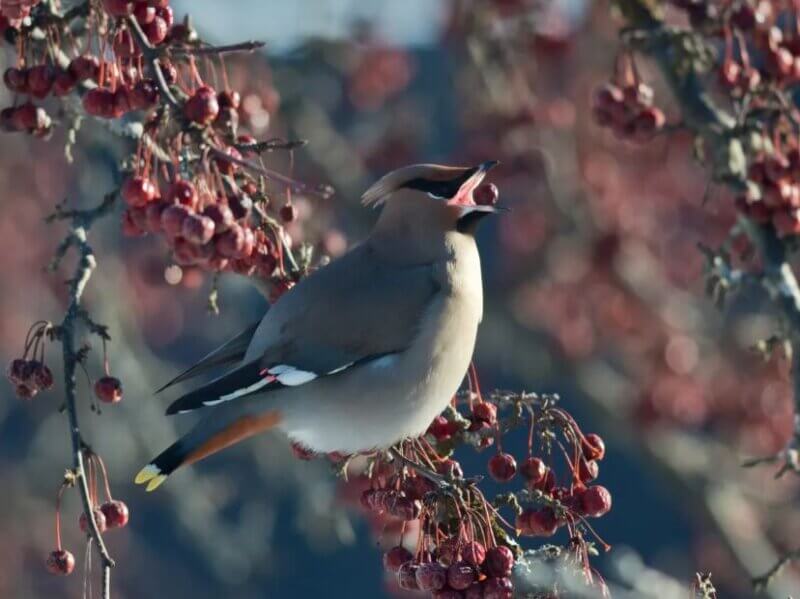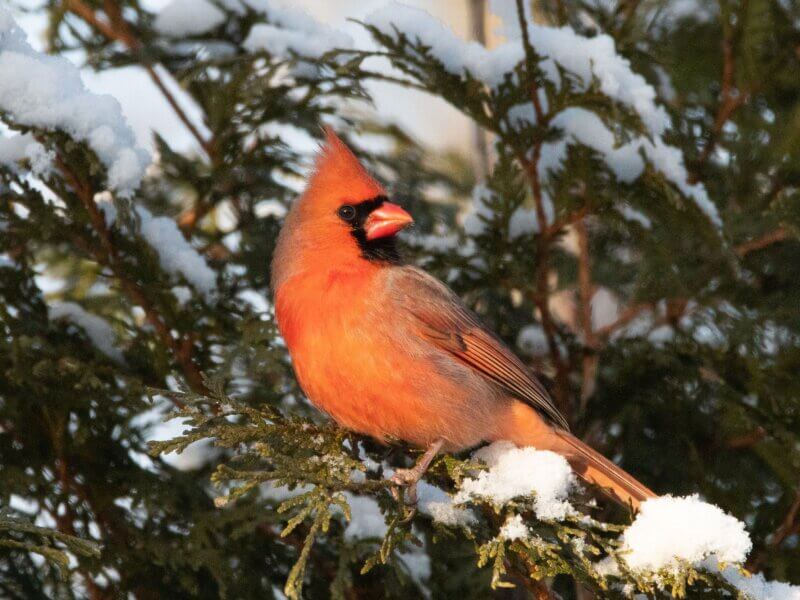Weak winter a boon to birdwatchers — but crowds put rare species at risk
Birding, or birdwatching, might not draw the flash of skiing or snowboarding, but the quiet hobby has huge implications in the state: Wildlife-watching in general brought in close to $290 million worth of spending in Vermont in 2011, the most recent year of state-level data reported by the federal government.
With this winter’s relatively weak snowfall, more people may have turned to birding as an outdoor activity. They certainly had plenty to be excited about on that front: People turned out in droves after reports of a marbled godwit this past September. A dovekie, a tiny sea bird, made news when it showed up in state after it was blown off course during a storm in December.
But increased attention can be bad for rare birds like those, experts say. That godwit died in February after an influx of enthusiasts flocked to see it foraging on the shores of Lake Champlain.
When an unusual bird turns up it can be tempting for birders to travel to get a look at the species or log the species on eBird, the popular birding website. Those lone birds are called vagrants, said Audubon Vermont senior conservation biologist Margaret Fowle.
With climate change causing more extreme storms, she said, Vermont is likely to see more vagrant birds.
It is stressful for vagrant birds to be outside their native habitats, lacking proper resources or birds in the same species. Whatever weather conditions caused the bird to stray from its natural path can also contribute to stress, and the addition of spectators can push birds over the edge.
“Chances are that if they come here by accident, and they stay, they’re not going to breed, because they’re not going to find a mate. So, it’s kind of a dead end for those birds,” said Fowle.
Nathaniel Sharp, a biologist at the Vermont Center for Ecostudies, described how spectators can scare vagrant roosting owls away from places they need to be, like shelter or mating grounds. If the owl is staying put out of fear, it won’t be able to hunt or move to a safer roost away from potential predators.
Sharp said the Vermont Center for Ecostudies follows the American Bird Association’s code of ethics, which encourages respect for birds and birders alike. Often eBird users are quick to remind people that flocking to rare birds can be detrimental.
“As soon as something like that turns up, usually there’s someone chiming in with, ‘Hey, let’s make sure this bird stays here and stays calm and collected and doesn’t get scared off or doesn’t get injured,’” he said.
And eBird has become an unprecedented source for community-collected data, said Jill Kilborn, who leads the nongame bird conservation program at the Vermont Department of Fish and Wildlife.
Of the 260 species of birds in Vermont, most are having an easy winter, experts say. Food has been bountiful for seed-eating birds like red crossbills and berry-eating birds like Bohemian waxwings.

A Bohemian waxwing eats a berry.
Aerial insectivores, birds who primarily feed on flying insects, are suffering a dramatic decline, however. Vermont’s bird biologists have seen a substantial decrease in aerial insectivores in recent years, and mild winters may be a contributing factor. When insects, already in decline due to insecticides, require snow cover to insulate them through the winter, weak snowfall can be a killer, explained Kilborn.
Most birds actually benefit from a low-snowfall season. When there is too much snow, or temperatures are too low, owls can have a tough time breaking through for prey beneath, Sharp explained. That leads them, and birds like hawks, to frequent roadsides looking for carrion and risk getting hit by cars, or spend time near houses and risk eating poisoned mice.
Kilborn said duck populations were facing a spike in avian influenza this winter. A lot of water fowl have been breeding in dense areas due to habitat loss, and cold temperatures exacerbate the spread of disease, she said.

A northern cardinal perched in a tree.
Birders are seeing a changing climate adjusting the range of some birds. Arctic birds are seen less often in Vermont because milder winters mean there are more food resources in their native habitats, said Fowle. Some birds who migrate south are staying in Vermont year-round because the resources they need are accessible all winter long, as is the case for robins, eastern bluebirds, turkey vultures, cardinals, tufted titmice and some red winged blackbirds.
Winter birding draws to an end when most of the species in the state are breeding, said Fowle. Predatory birds, or raptors, are the first to breed each season because it takes so long to raise their young. Great horned owls and peregrine falcons have already started nesting. Eagles will begin nesting at the beginning of April. Woodcocks will return in April, followed by the neotropical birds that migrate to South America, such as warblers and bobolinks.
Until those booms in migration happen, birders can continue with their leisurely winter birding.
The lull of winter allows people to get to know the birds in their neighborhood. “Winter is a great time for people that are just getting into birding because there’s not an overwhelming number of birds,” said Sharp.
For those interested in getting into winter birding, comfort is key. If you’re focused on how freezing you are, you can’t focus on the birds, he said. Sharp recommends using a bird call ID app like Merlin, having a good pair of dexterous mittens and perhaps carrying a pair of binoculars.
(The Community News Service is a program in which University of Vermont students work with professional editors to provide content for local news outlets at no cost.)

